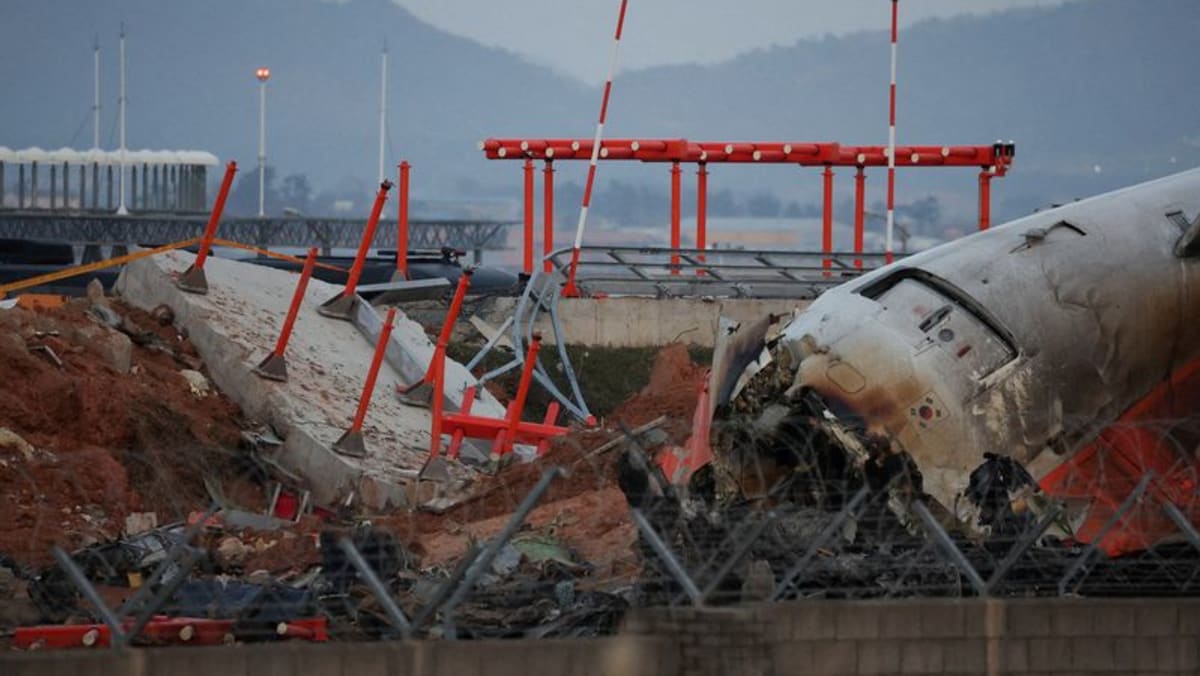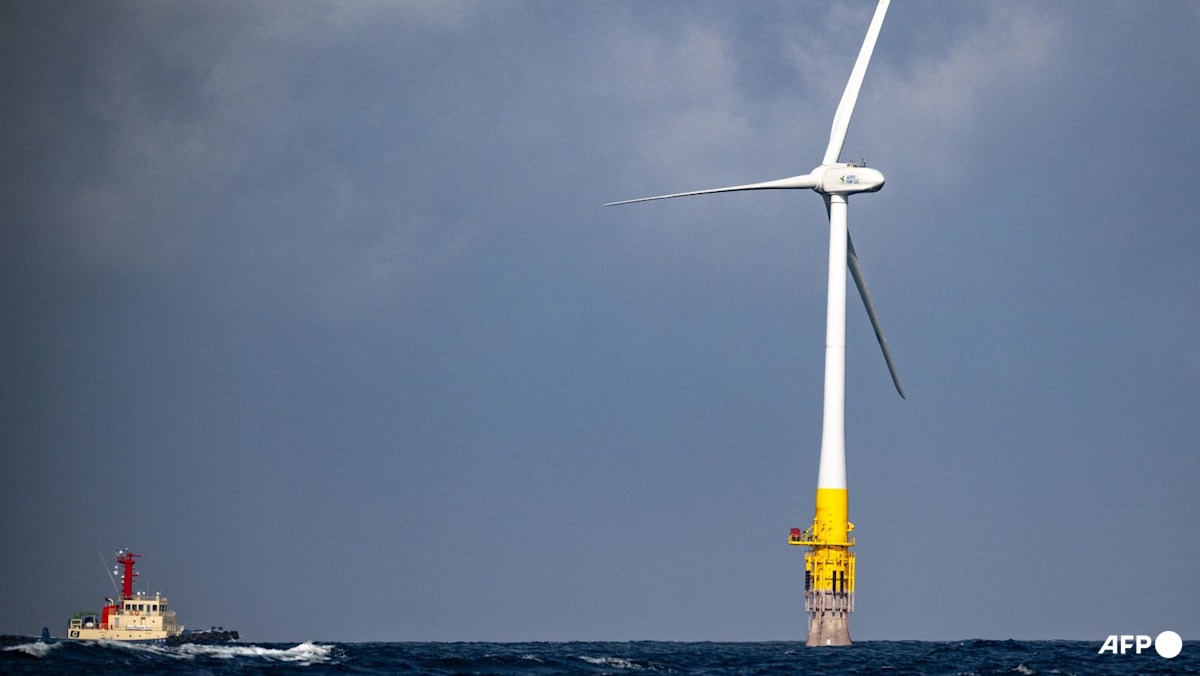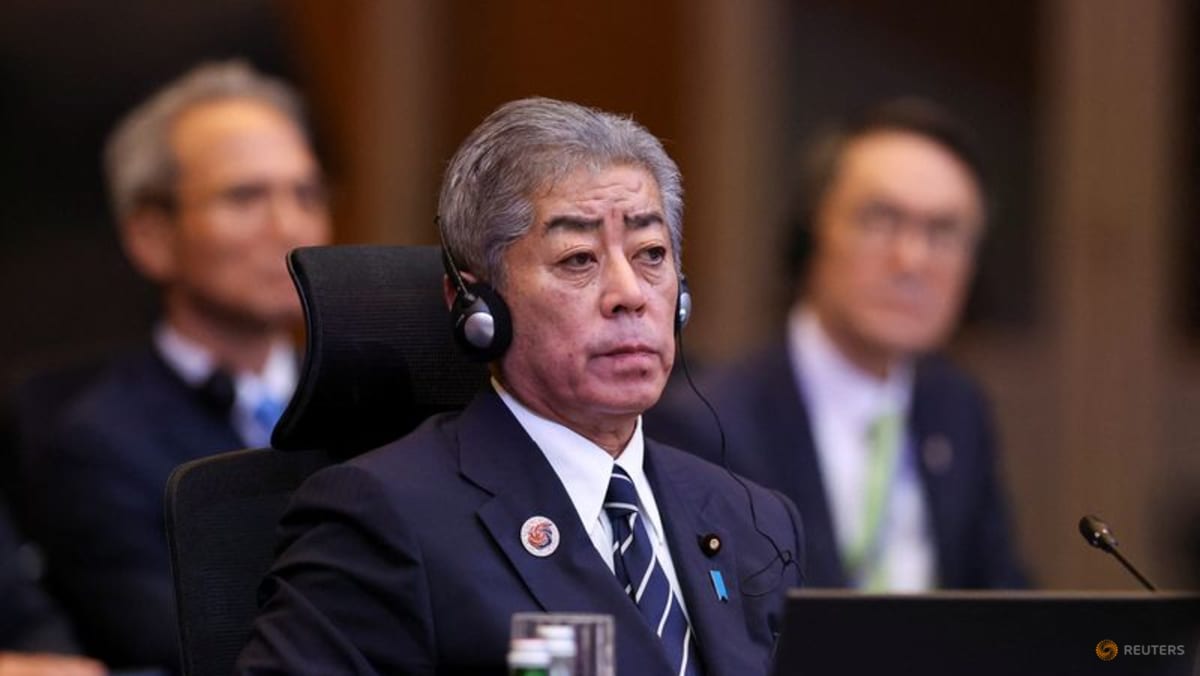MORE QUESTIONS
So far, public attention has focused on the possibility that the crew may have shut down the less-damaged engine, rekindling memories of a 1989 Boeing 737-400 crash in Kegworth, England, where pilots shut down a non-damaged engine by mistake.
The disaster led to multiple changes in regulations including improvements in crew communication and emergency procedures.
A source told Reuters on Monday that the South Korea-led probe had “clear evidence” that pilots had shut off the less-damaged left engine after the bird strike, citing the cockpit voice recorder, computer data and a switch found in the wreckage.
But the latest update on the crash also raises the possibility that even the more heavily damaged engine that was still running could have kept the plane aloft for longer.
It did not say what level of performance the operating engine still had, nor what extra options that might have given to the plane’s emergency-focused crew before the jet doubled back and landed in the opposite direction of the runway from its initial plan with its landing gear up.
Both engines contained bird strike damage and both experienced engine vibrations after the strike. The right engine showed significant internal damage, the Korean-language update from South Korea’s Aviation and Railway Accident Investigation Board (ARAIB) said, but it did not describe the damage found in the left engine.
The update did not say how the left engine was operating nor the state of systems connected to either engine, said former US National Transportation Safety Board investigator Greg Feith when shown the document translated by Reuters.
It contains some new facts but omits far more, resulting in a “cryptic” document, he said.
ARAIB, which plans to issue a final report next June, did not immediately respond to a request for comment.












